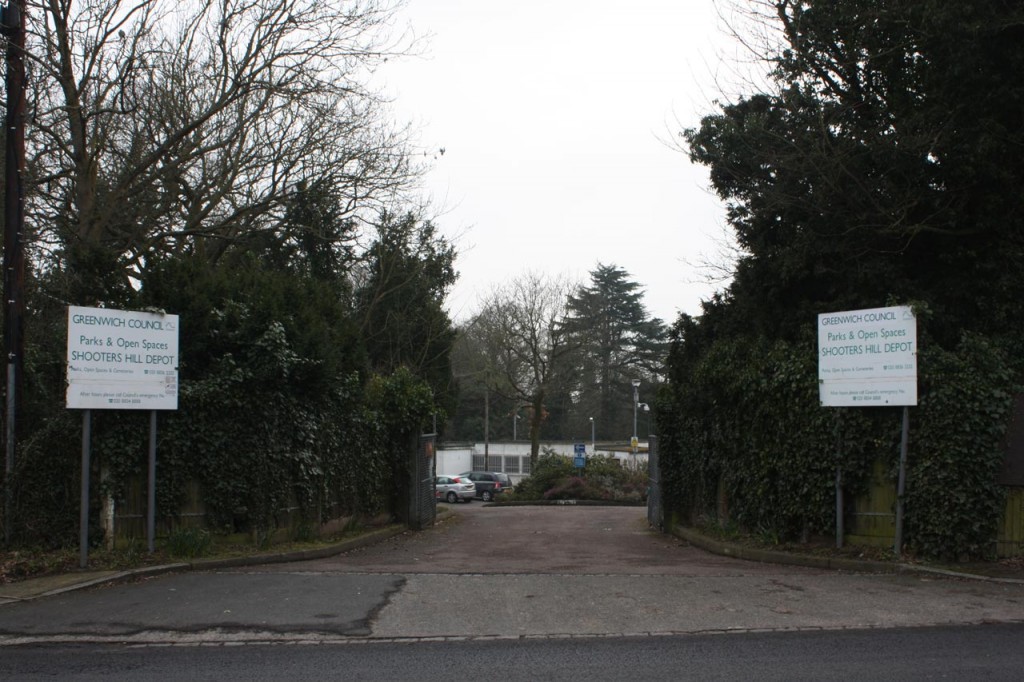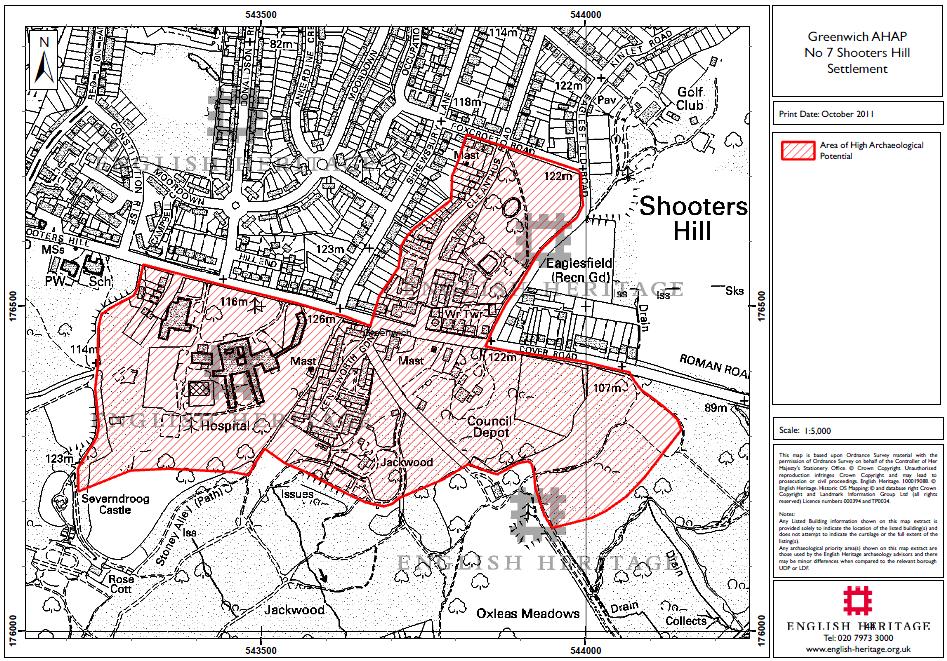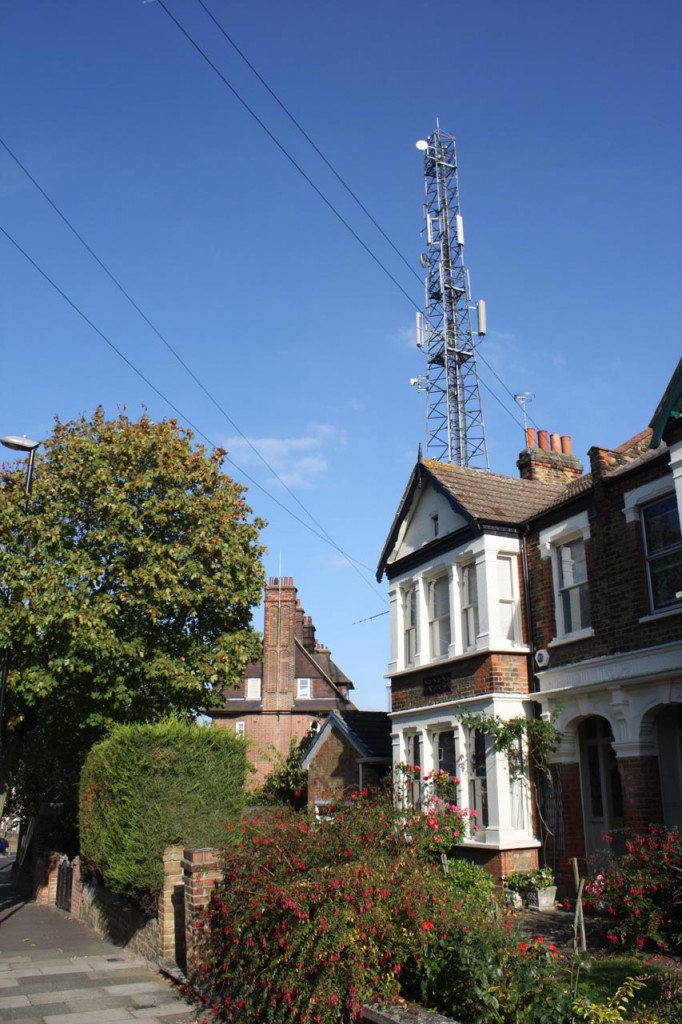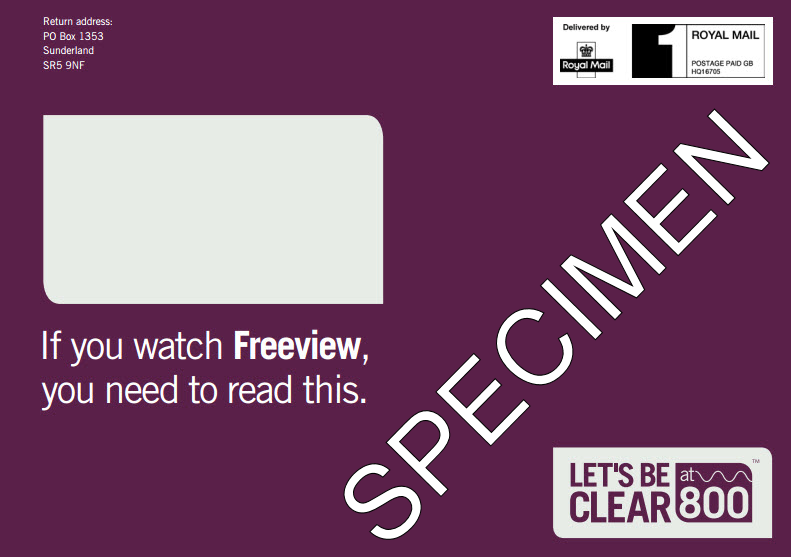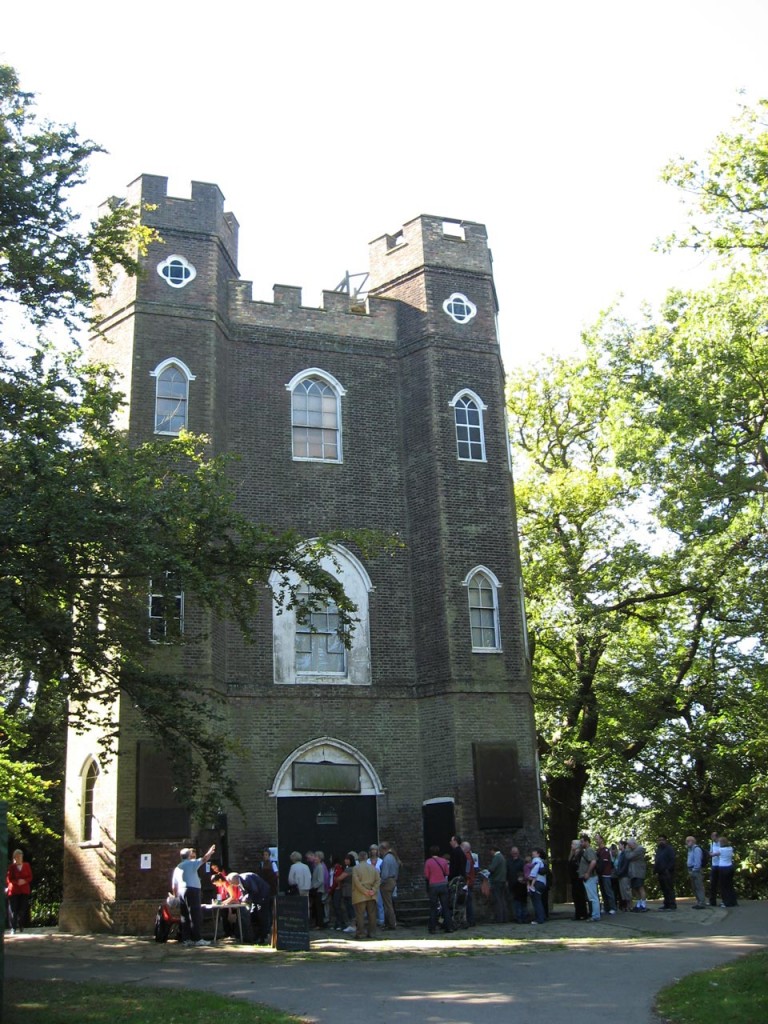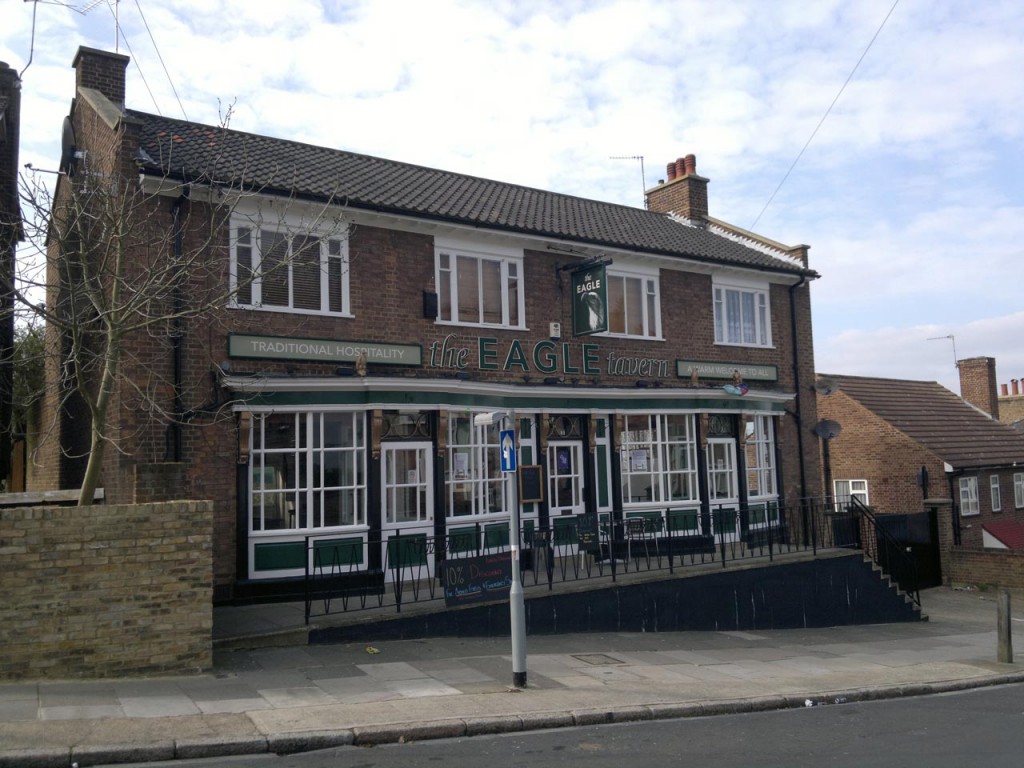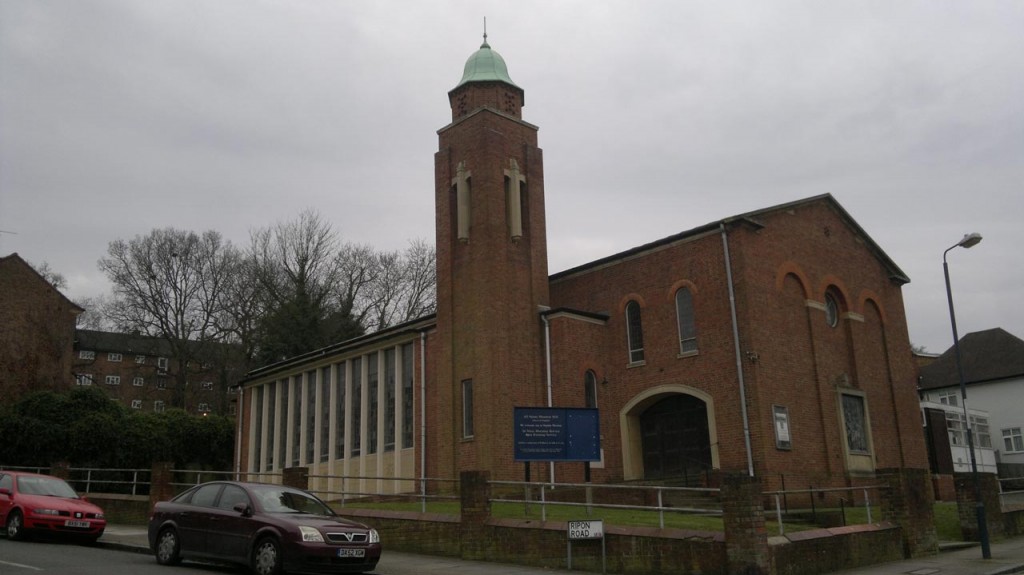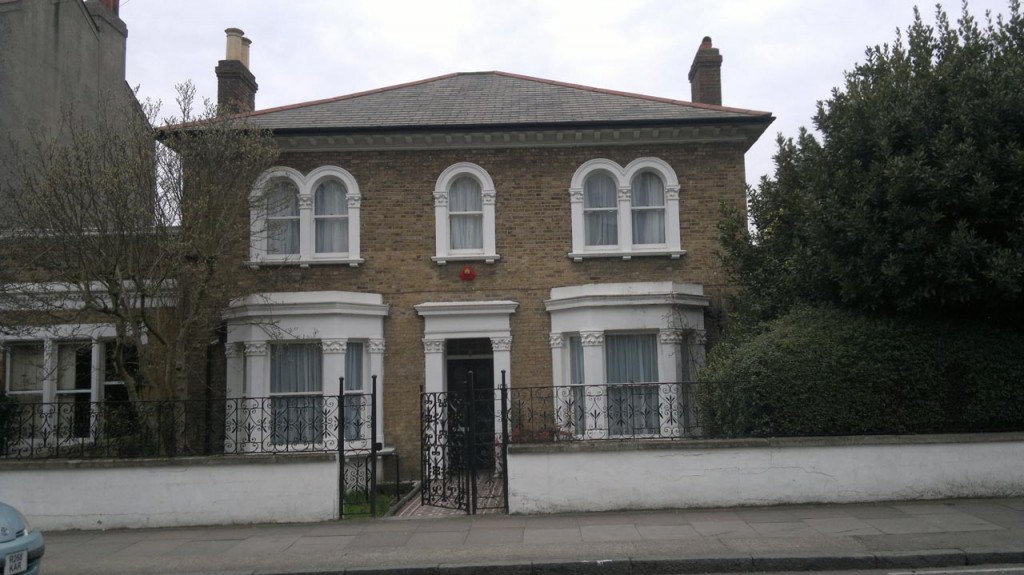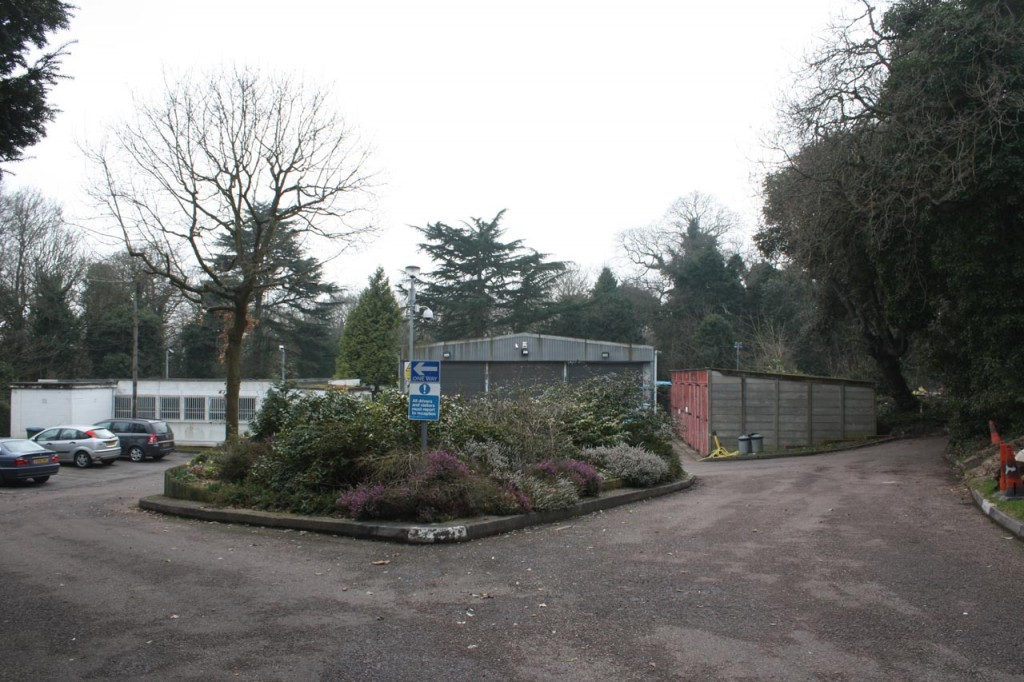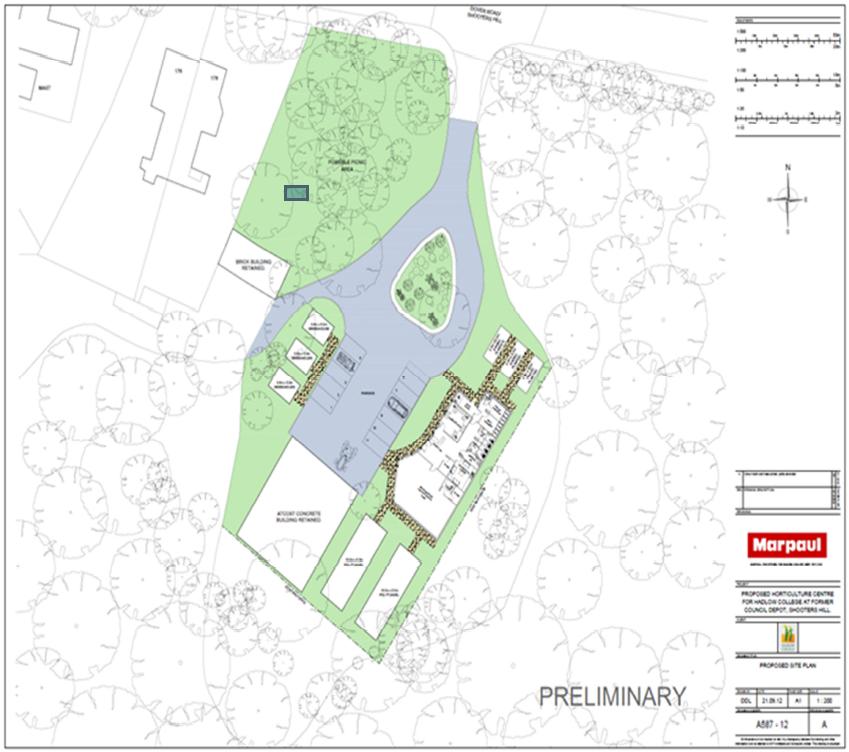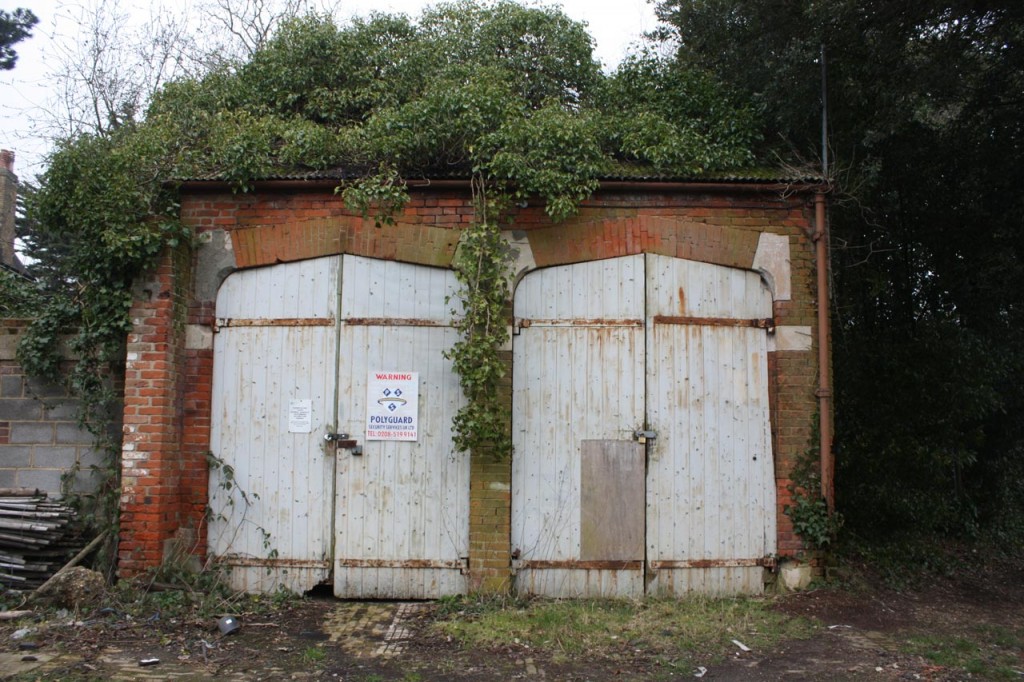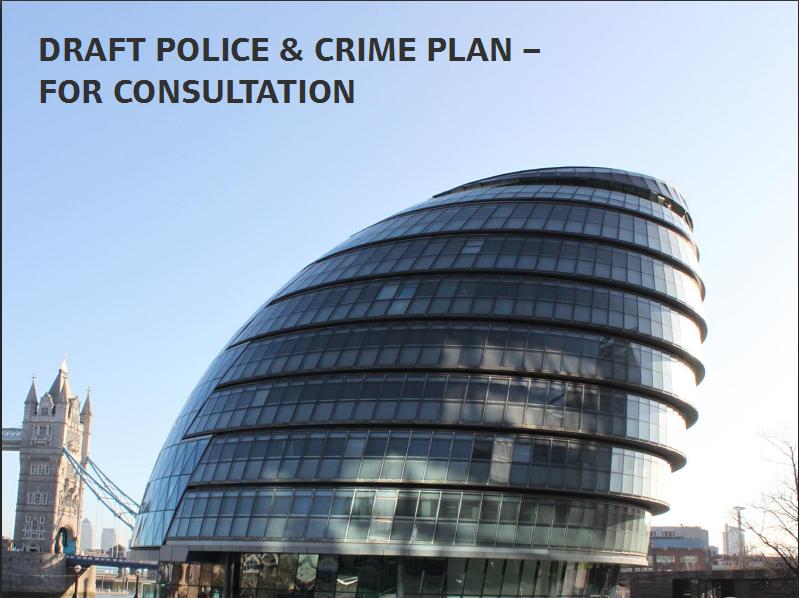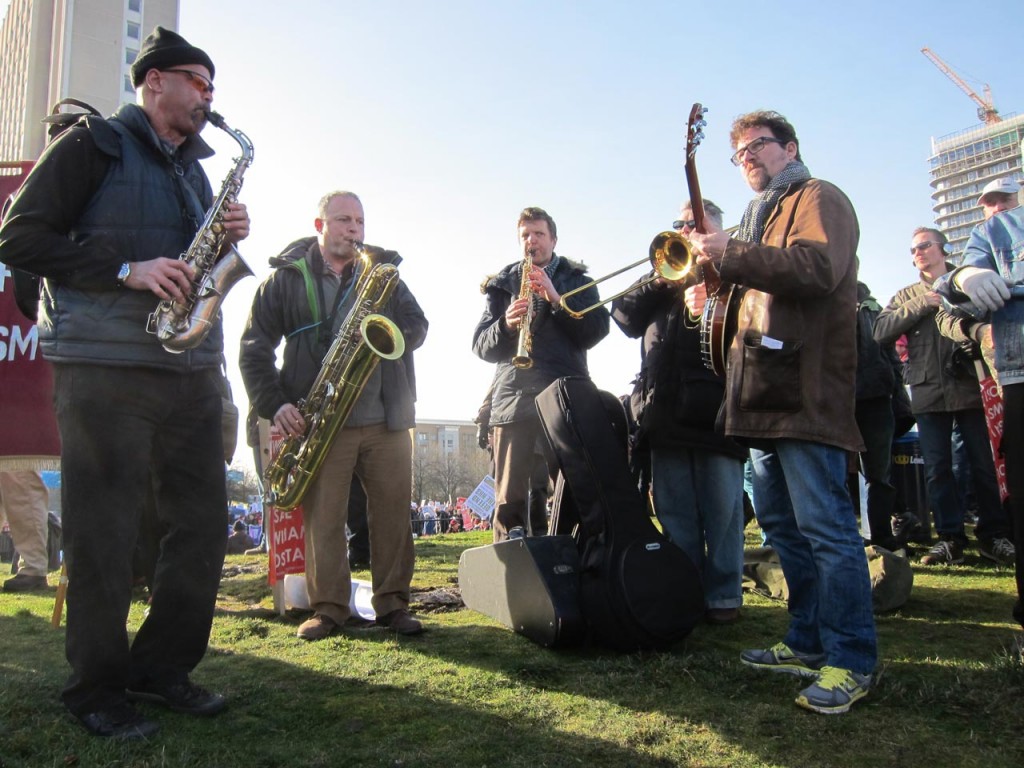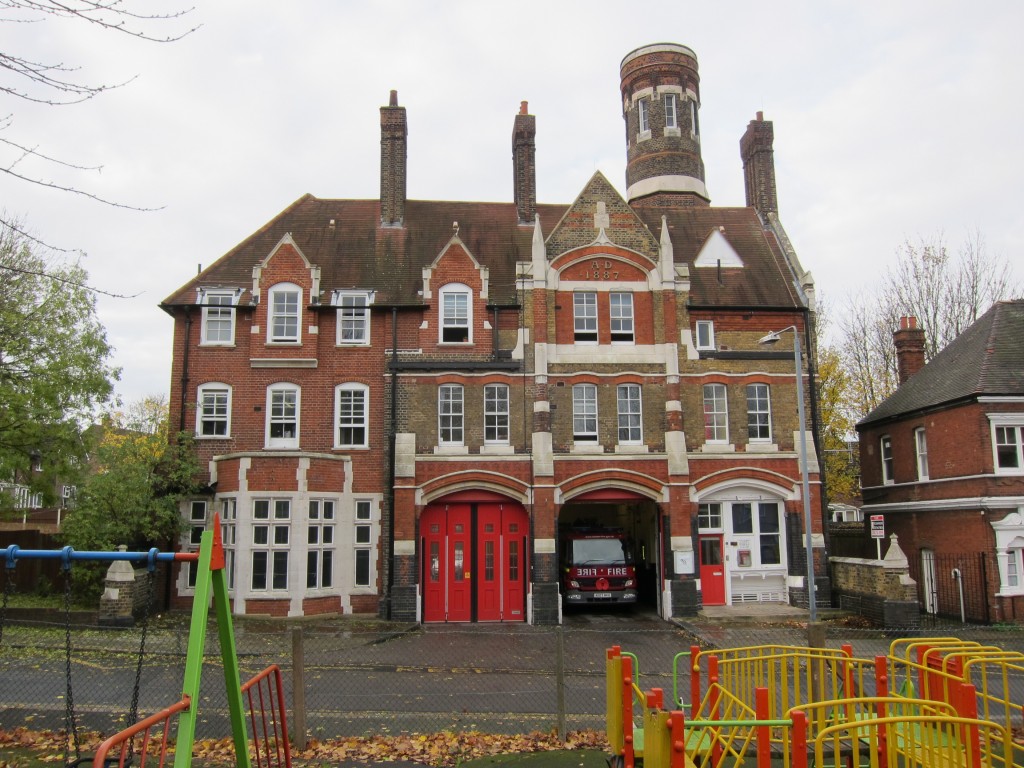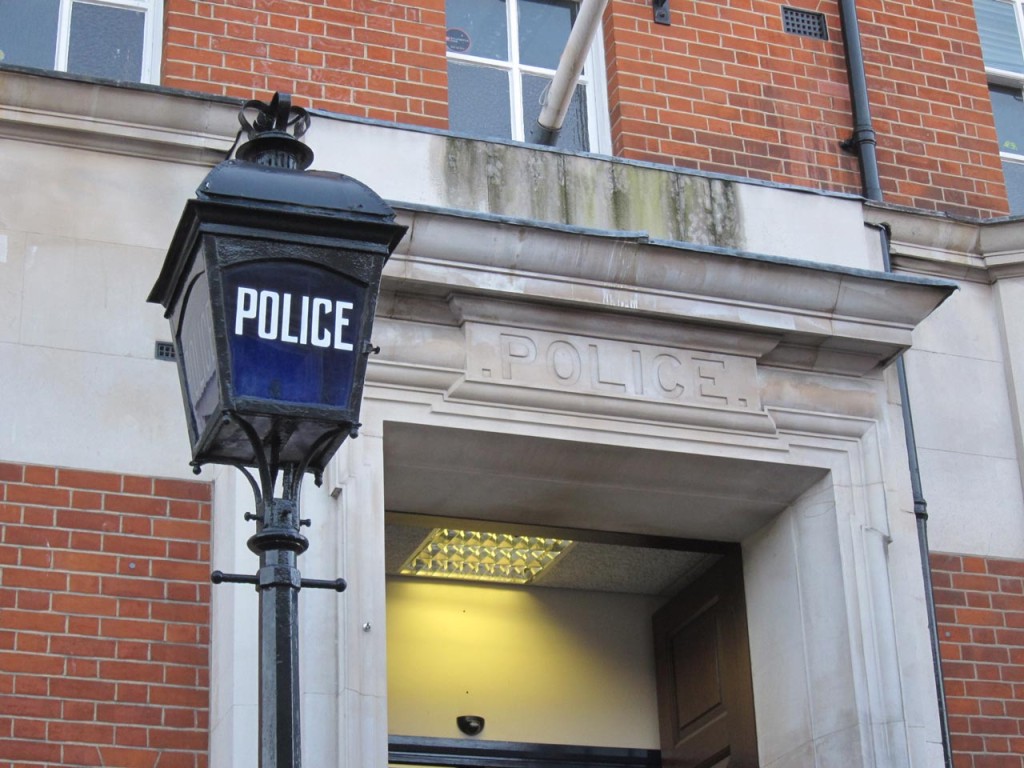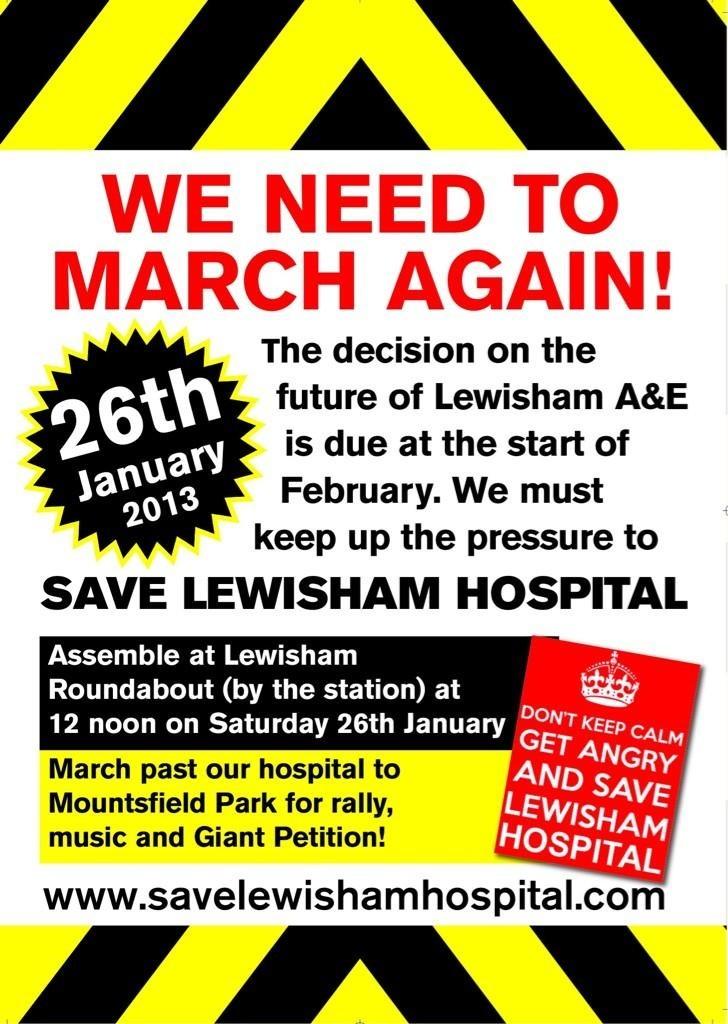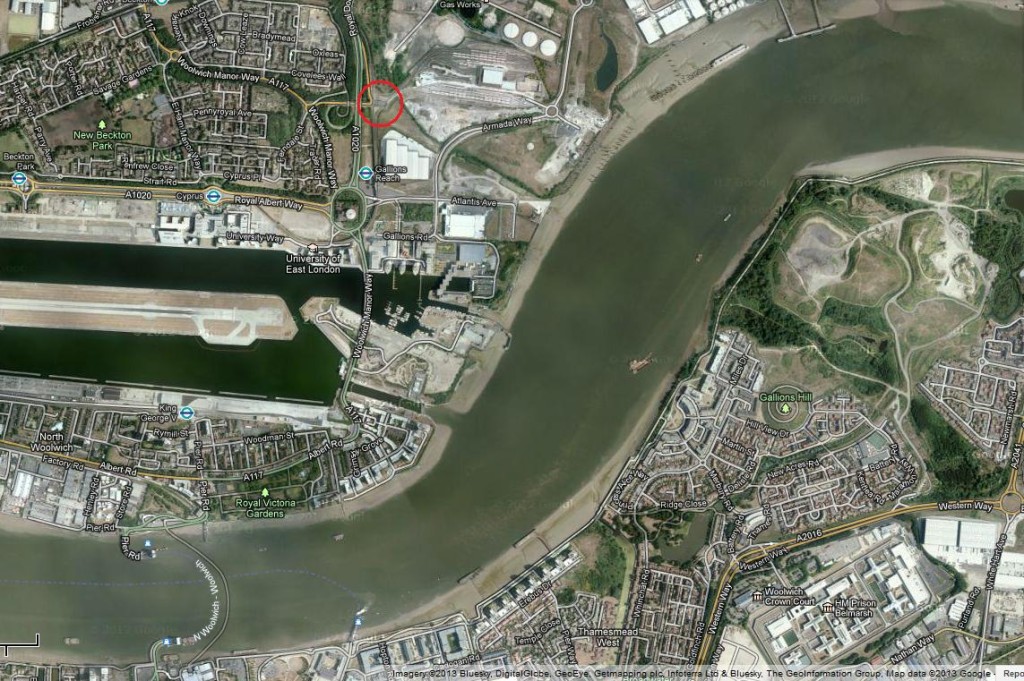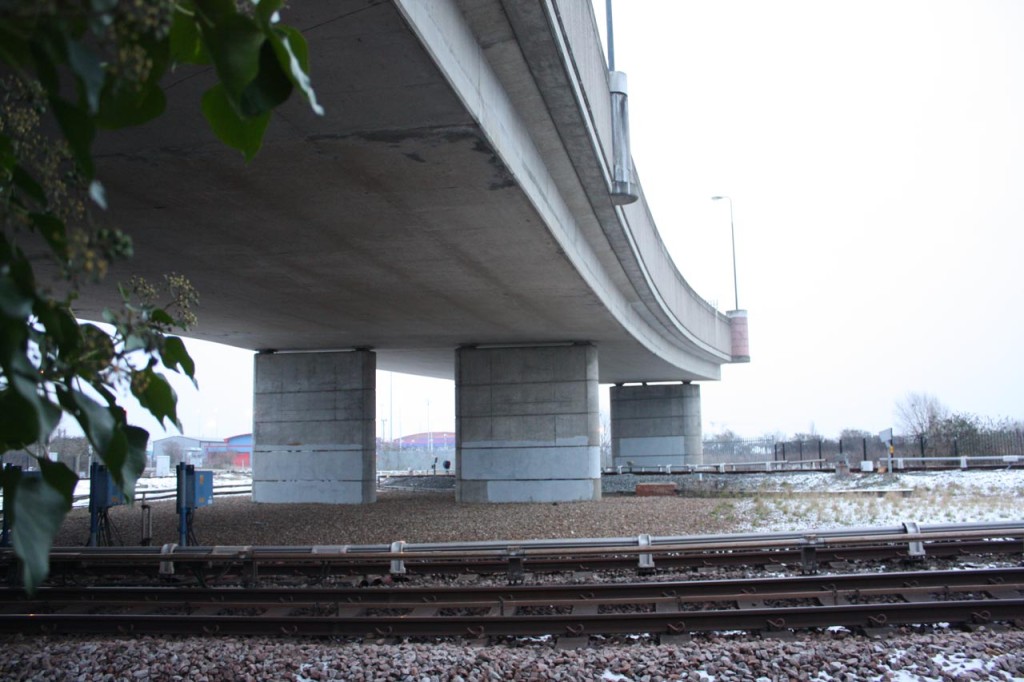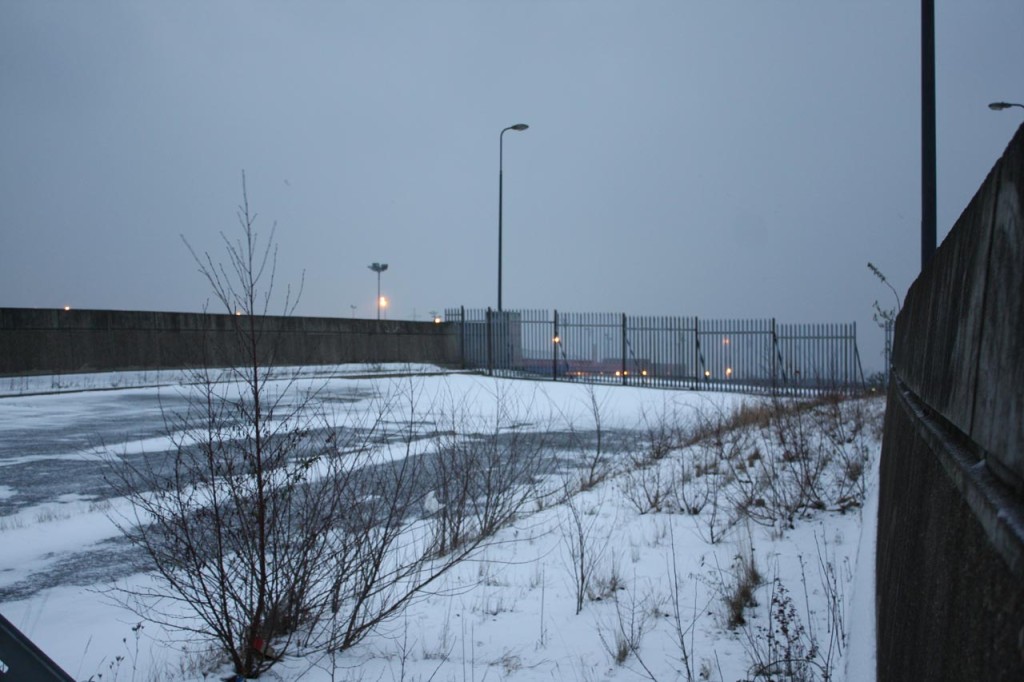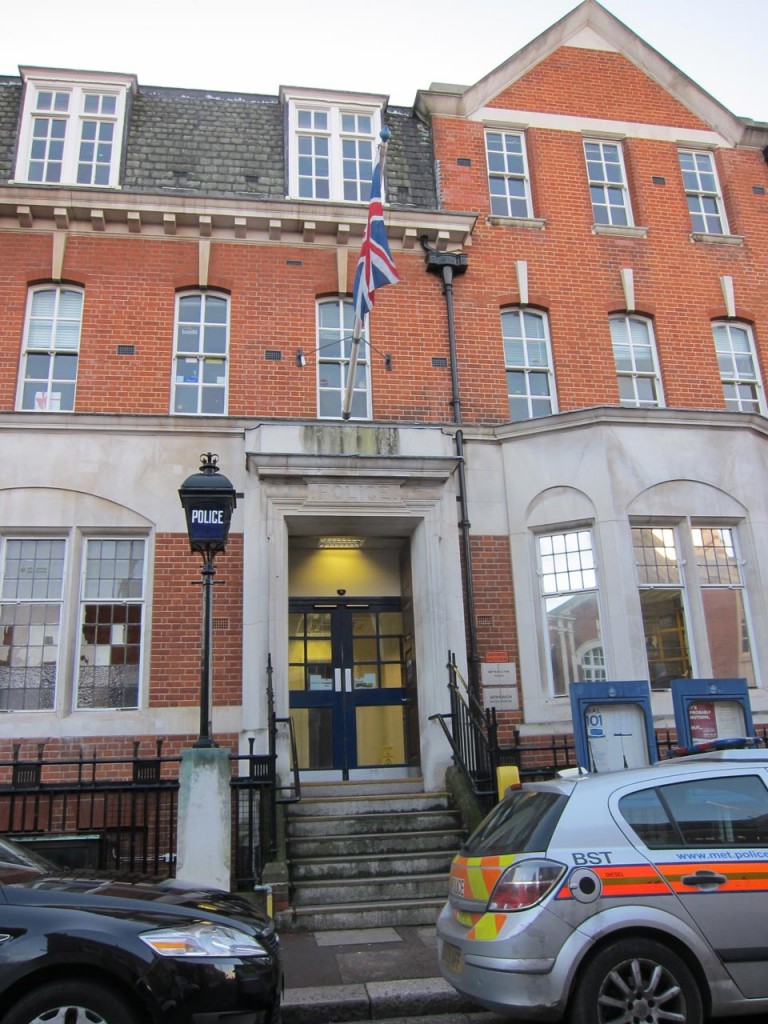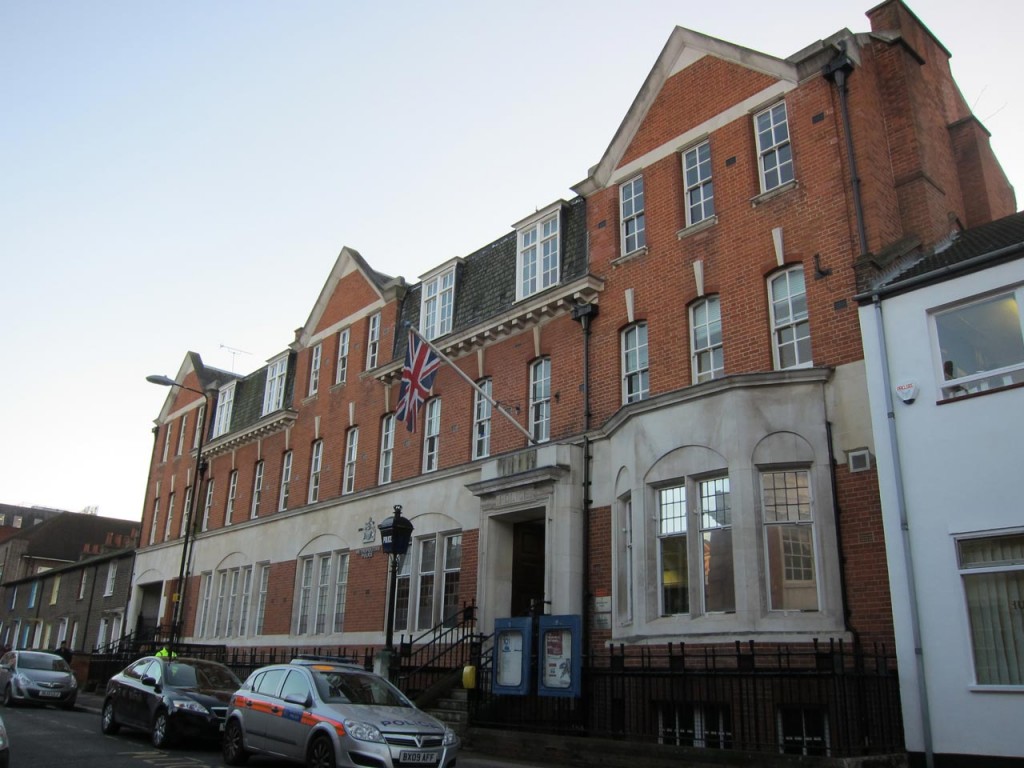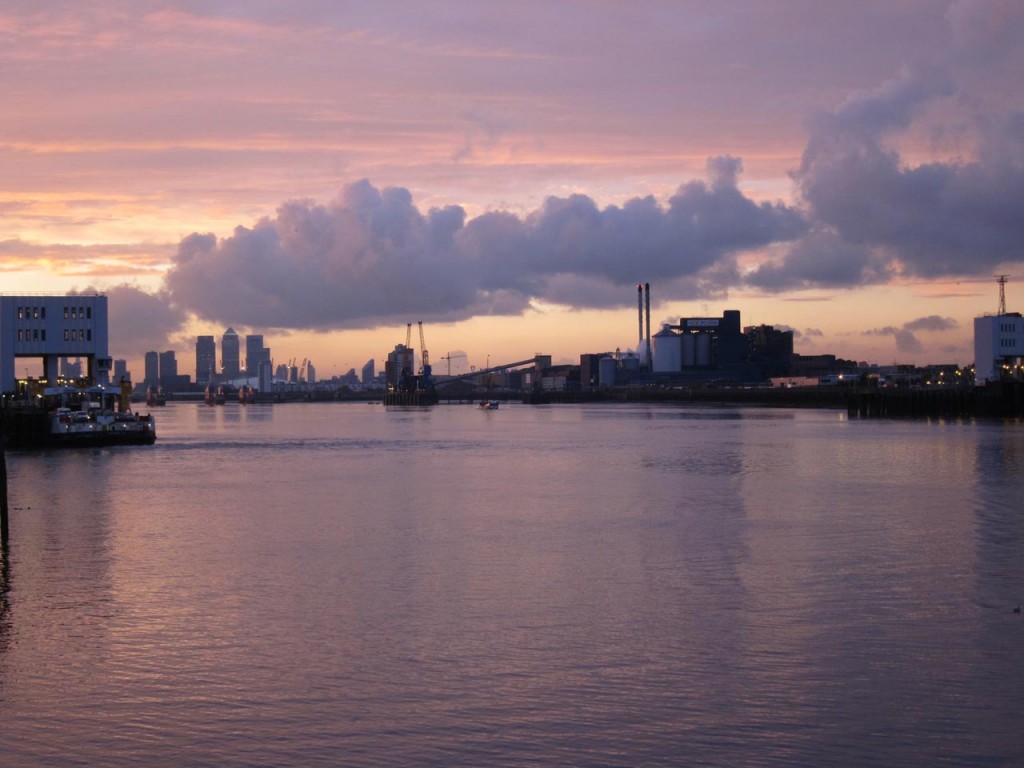
Transport for London have published the results of the River Crossings Consultation which they ran earlier in the year. It shows that more than 70% of respondents supported a Bridge or Tunnel at Gallions Reach (71%), and a tunnel between the Greenwich Peninsula and Silvertown (77%). Smaller numbers, just over 50%, supported a new ferry at Woolwich (51%) or Gallions Reach (52%). The TfL diagram summarising the results is included below.
Interestingly Greenwich was the borough with most respondents, 34% of the total replies came from the borough. Greenwich people showed the highest percentage level of support for a new ferry at Woolwich and the highest level of opposition to the Silvertown tunnel. Those from Bexley had the highest level of opposition to a ferry or bridge at Gallions Reach, with 25% strongly opposed to a bridge out of 31% expressing opposition. Not surprising given the anticipated appalling impact of increased traffic on narrow roads in the borough such as Knee Hill.
What happens next? Well TfL will be considering the issues raised and will produce another report responding to them later in the summer. However they do give some indicative milestones. For the Woolwich/Gallions Ferry options they are:
… the overall indicative milestones for progressing the review of Woolwich/Gallions Reach options are set out below:
• April – September 2013: Traffic modelling, engineering, economic analysis and development potential, charging strategy and wider benefits
• October – December 2013: Gallions Reach options consultation
• March – April 2014: Presentation of Gallions Reach consultation to the Mayor
• May 2014: Mayoral announcement on Gallions Reach preferred option
• Future milestones depend on option chosen but, subject to funding, it is possible to implement a ferry by 2018 or a fixed-link by 2025
And for the Silvertown tunnel:
… the overall indicative milestones for progressing the Silvertown tunnel are set out below:
• April 2013 – February 2014: Traffic modelling, engineering, economic analysis and development potential, charging strategy and wider benefits
• March – May 2014: Preparation of DCO consultation for Silvertown tunnel
• June – August 2014: Statutory public consultation on proposed DCO for the Silvertown tunnel (i.e. post decision on Gallions Reach which is planned for May 2014)
• September – October 2014: Analysis of results of statutory consultation and presentation to Mayor
• October 2014 – June 2015: Preparation of Environmental Statement and associated documents to submit DCO application to Mayor and Board for approval for submission
• June 2015: Submit DCO application for Silvertown tunnel plus any additional consents required
• June 2016: Commence procurement process with OJEU notice
• December 2016: Decision by Secretary of State on Silvertown tunnel
• July 2018: Contract award
• 2018 – 2022: Silvertown tunnel construction
If the Mayor gives the go-ahead the detailed analysis of the options – Traffic modelling, engineering, economic analysis and development potential, charging strategy and wider benefits – will be done by September this year for the eastern-most options and February next year for the Silvertown Tunnel. I suspect it is only then that the real debate can start.
I won’t repeat what I think about the proposals, it’s been covered in previous posts, apart from one observation. On the Bluebell Walk through Oxleas Woods last weekend, in the midst of the historic cants of coppiced Hazels and Chestnuts deep in the wood , the walk leader Barry Gray pointed out an old metal tube sticking up a couple of feet out of the ground. This, he explained, was a relic of the water table analysis of the proposed route through the ancient woodland of a motorway from the A2 to a bridge at Gallions Reach. There seems to be a consensus that the roads leading to the Gallions crossing are inadequate for the expected traffic flows. If we’re not careful the woods will be threatened again.
Oh, and of course it will be the end of the Free Ferry: the new crossings will all be tolled.


